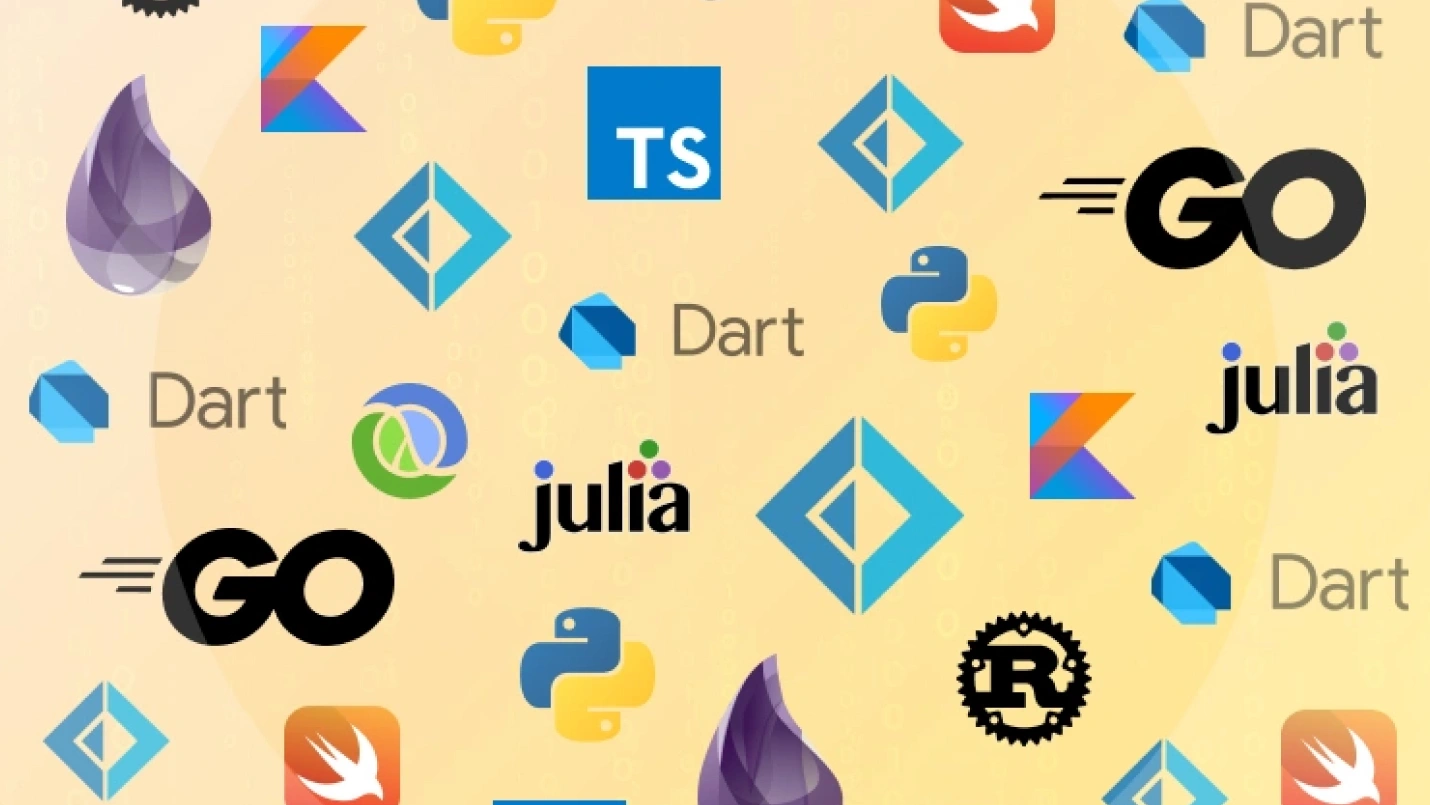Summary: With the increased digitization and dependence on software in almost every sphere of life, programming languages have become an essential part of the system. More and more industries need programming language skills, and many organizations are leveraging the diversity of available languages to address specific programming tasks for particular software applications. As applications evolve, the need for new languages grows, too – in the analysis below, we give you a perspective on the future programming languages considered best for software development.
Choosing the best programming language for software development requires organizations to consider many things. They have to focus on the internal preference for a language, feature needs, and user need-based performance, all of which fall in the purview of the software development life cycle(SDLC). However, given the rapid pace of change in both the business environment and technology, forward-thinking organizations and CTOs must consider the future of software development, understand why software projects fail, and think about the best, most future-proof (or future-ready) programming languages for software development.
This guide will explore what programming language is best for software development, including which software development languages to consider for creating future-proof software with languages that are popular, well-supported, and updated on the latest capabilities. It could also be an informative guide for you if you’re working your way on how to become a software developer.
What is Software Development?
Software development uses computer programming to create, deploy or maintain any software component. There are nine specific types of software development projects, including:
- Web application development
- Mobile application development (native iOS or Android, cross-platform, or hybrid)
- Data science
- Video game development
- Desktop software development
- Wearables software development
- Cloud computing
- DevOps
- Embedded systems development

We respect your privacy. Your information is safe.
What Programming Language is Best for Software Development?
There are many vital considerations while deciding what programming language is best for software development, only one of which is the kind of software being developed. In the planning or ideation phase of the software development life cycle, organizations must work on a well-defined software development checklist and consider seven essential factors – from the availability of IT skills to existing infrastructure and even trending technologies – each of which will help define the best programming language to use
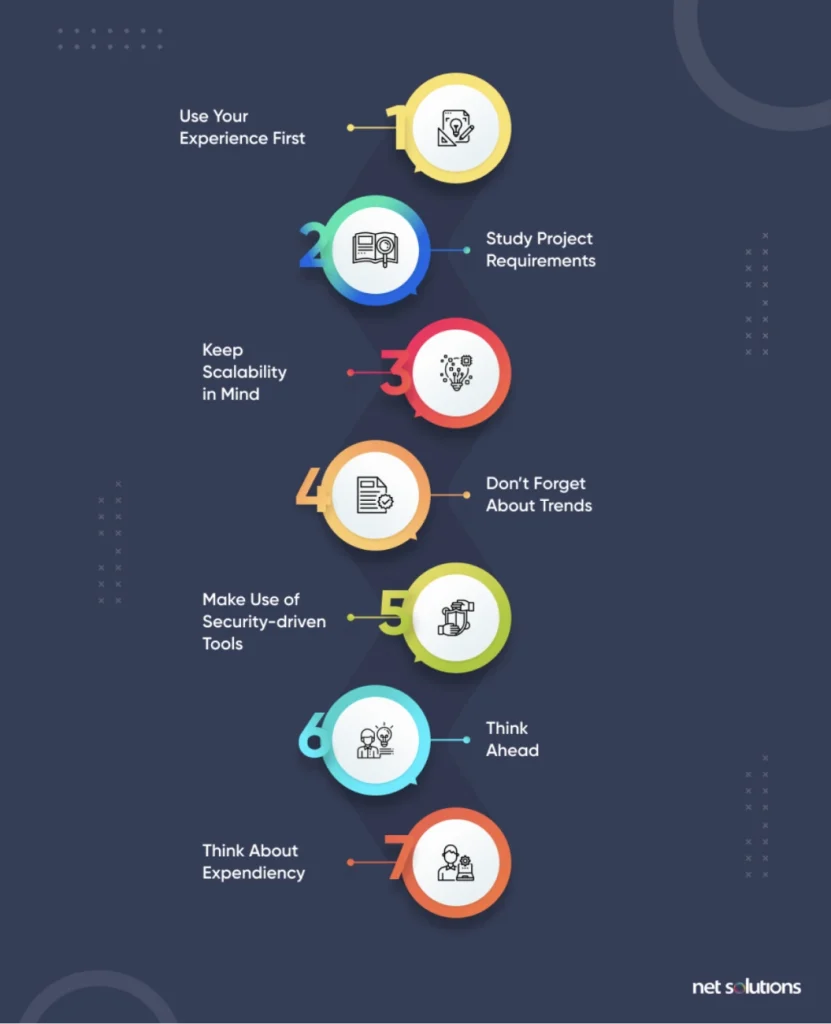
As part of the research phase of software development, organizations conduct market and user research to help define the needs and requirements for the project. This scope helps gauge technical demands, including the existing infrastructure, time to market, budget, and security needs.
Data from Statista points out:
“As of 2022, JavaScript and HTML/CSS were the most commonly used programming languages among software developers around the world, with more than 65 percent of respondents stating that they used JavaScript and just over 55 percent using HTML/CSS. Python, SQL, and TypeScript rounded out the world’s top five most widely used programming languages.”
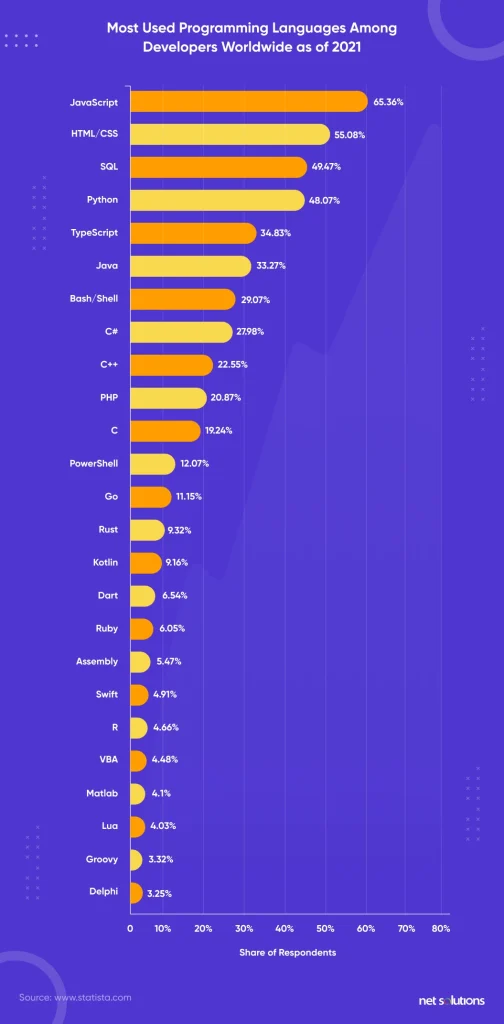
Why Consider Future Programming Languages?
Although we don’t always recommend jumping on the bandwagon of the newest, trending, or growing programming languages, there is something to be said for staying on top of the ‘future’ programming languages. These programming languages could have many advantages. When assessing up-and-coming languages, here are some reasons you should consider the ‘new’ languages vs. the tried-and-true:
- Better developer experience (e.g., clean syntax, faster coding, error checking)
- More regular updates
- Highly engaged community
- New ideas and features
- Optimized performance
- Scalability
- Optimized security
- In-demand skills
- Strong libraries or frameworks
- Heavily backed as ‘official’ languages
Modern programming languages are more likely to become popular in the future. Hence, organizations that risk switching to a newer language can create more future-proof software.
13 Future-Proof Software Development Languages
In the following list, we will outline a combination of new and old languages that are rising in popularity with the latest UI and UX trending capabilities and the best development capabilities for your software development project. They may not be the most popular programming languages yet – but we think many will be soon enough.
The best programming languages for software development for 2022 are:
1. Rust
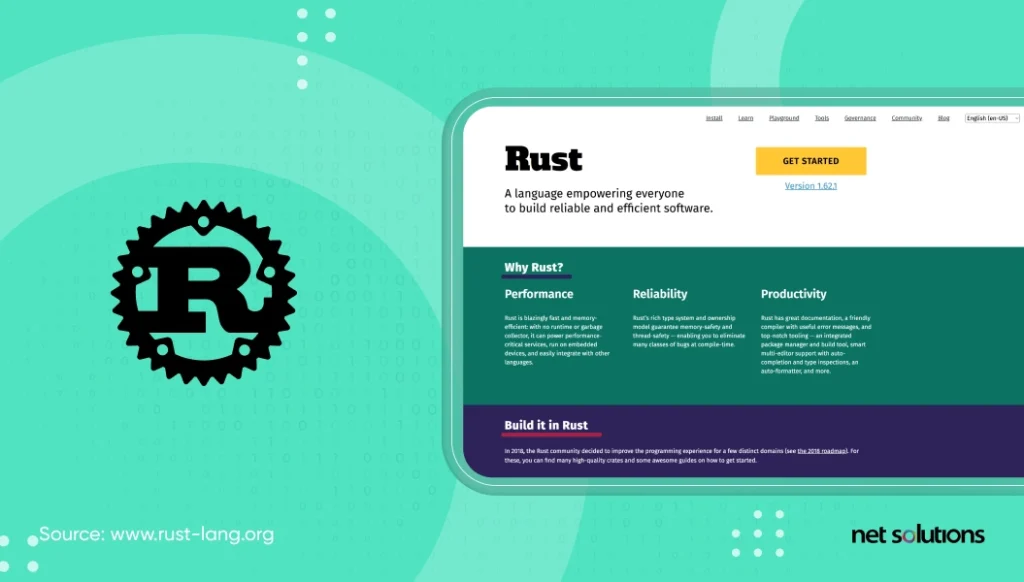
Rust is the language of choice for some big brands, including DropBox. Besides having climbed TIOBE Index as one of the choices for some big brands, it has nearly tripled in size in the past two years. It has been the leading Most Loved language on StackOverflow for several years.
Why is Rust making waves?
We like that Rust is a high-performance multi-paradigm, general-purpose language, making it one of the ideal software development languages. Software developers enjoy writing in Rust – an interesting and supportive community. Rust is still immature, but it’s already demonstrated strong use cases in IoT and AR/VR. It is considered a “memory safe” language, making it more secure and known to power performance-critical services (such as DropBox).
2. Clojure
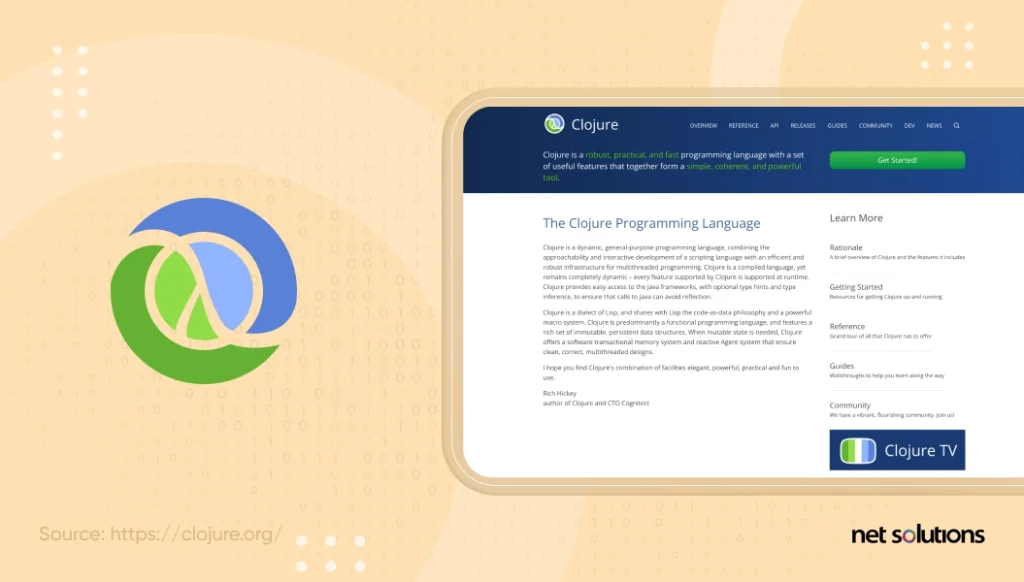
Clojure hasn’t yet reached the top 50 in terms of popularity. Still, it ranks among the highest and most loved languages, and visionary organizations should not dismiss it so quickly. Clojure is a dynamic and functional dialect of Lisp (another language) on the Java platform, seeing significant growth among large companies and nimble start-ups, bringing a much simpler and more nimble programming experience to organizations looking to transition off Java. Clojure is used in various areas, including enterprise apps, web development, data science, mobile app, and even graphics and games.
3. Typescript
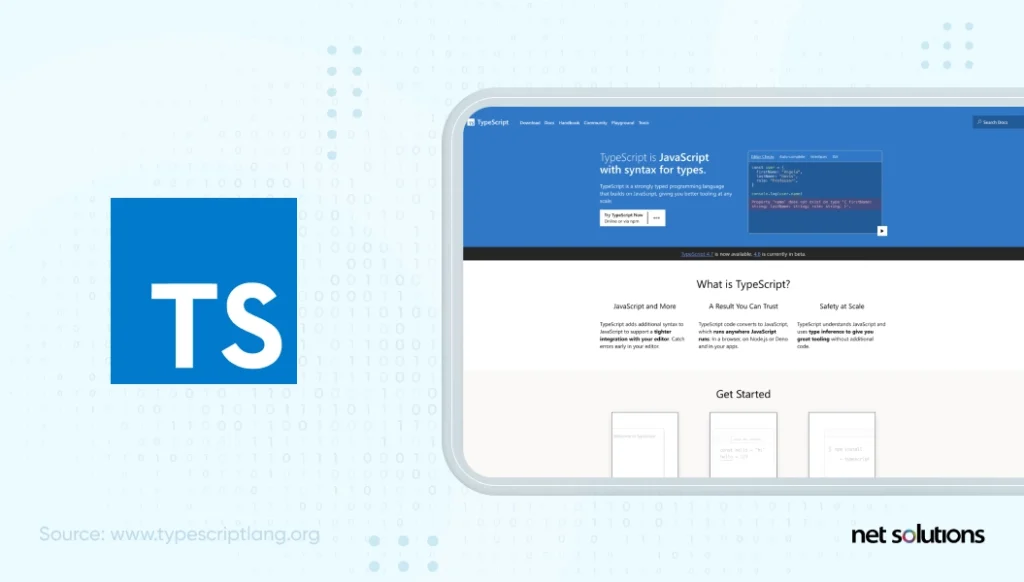
TypeScript is still considered an up-and-coming language, a superset of JavaScript maintained by Microsoft, and very popular among front-end developers. Since it was introduced in 2012, it has landed on GitHub’s list of top languages in the fourth spot, with the most dramatic rise of any language on that list. It has been named the “languages developers want to work with most” on Stack Overflow.
TypeScript adds syntax to JavaScript and has a remarkable type-checking feature to reduce errors. TypeScript can be used for a broad base of projects, helping propel its growth.
4. Elixir
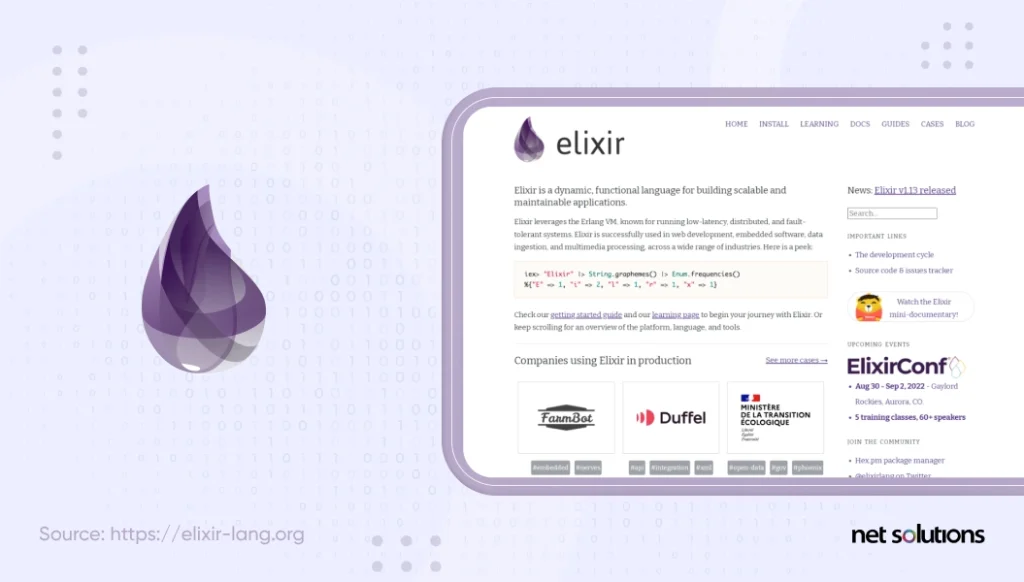
Developed in 2011, Elixir has been named among the top 4 “most loved programming languages,” being used now among big brands, including The Financial Times, PepsiCo, and Pinterest. Elixir is a dynamic, functional language built on Erlang’s virtual machine. It is known for its clean syntax and ability to build scalable, maintainable, fault-tolerant systems capable of large processing volumes.
5. Julia
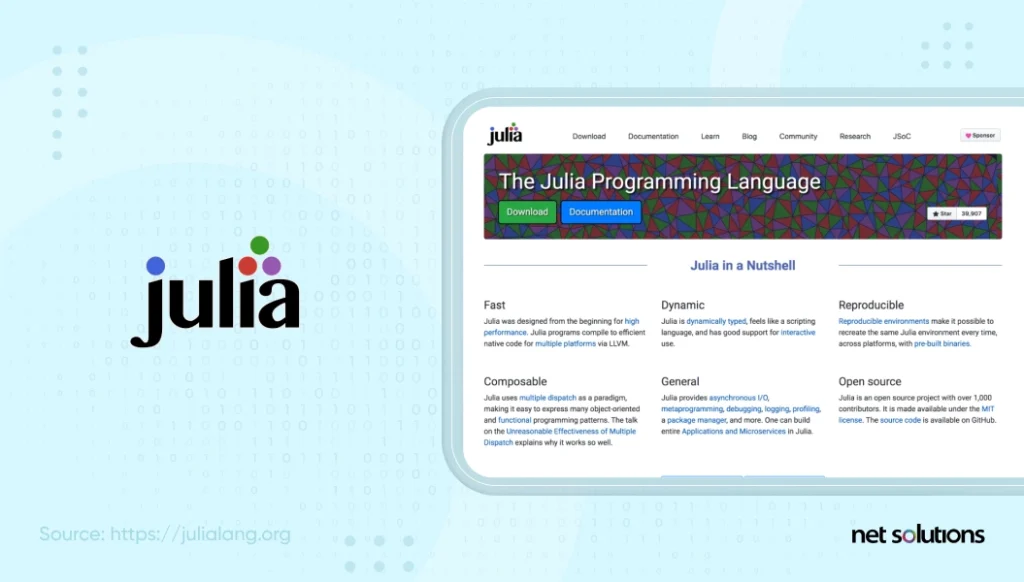
Julia is a high-level, high-performance programming language, considered general purpose, but most commonly used for mathematics and data science/machine learning / AI. Although Python remains the most popular choice for these fields, Julia is rising in popularity, with almost 35 million downloads as of early 2022.
6. Swift
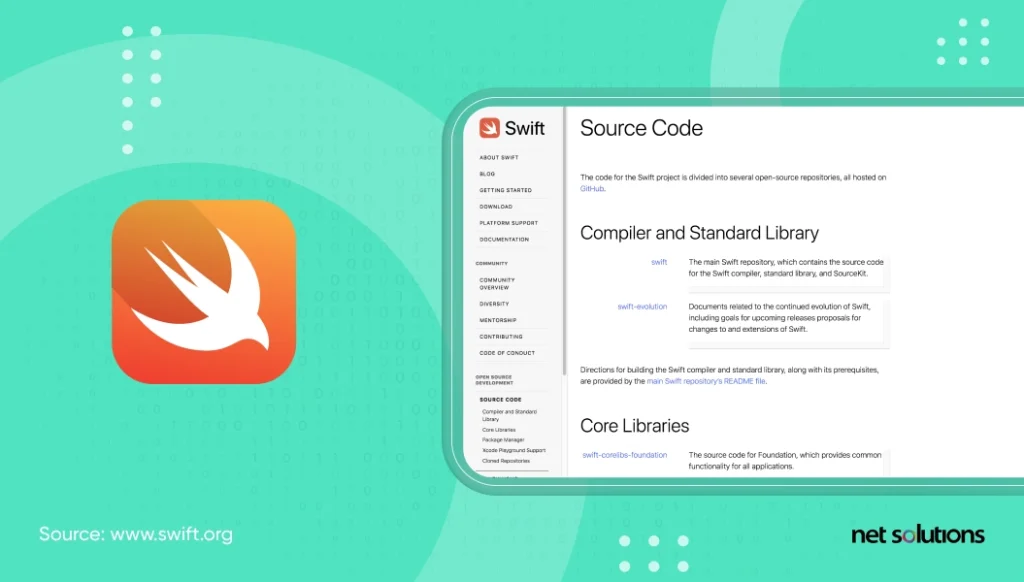
Swift is the official language for iOS development, although still a very new language. Swift is known to be user-friendly, very well suited for new programmers, and is known for safety and speed. Swift relies heavily on third-party tools but is still the top choice for any iOS development.
7. Kotlin
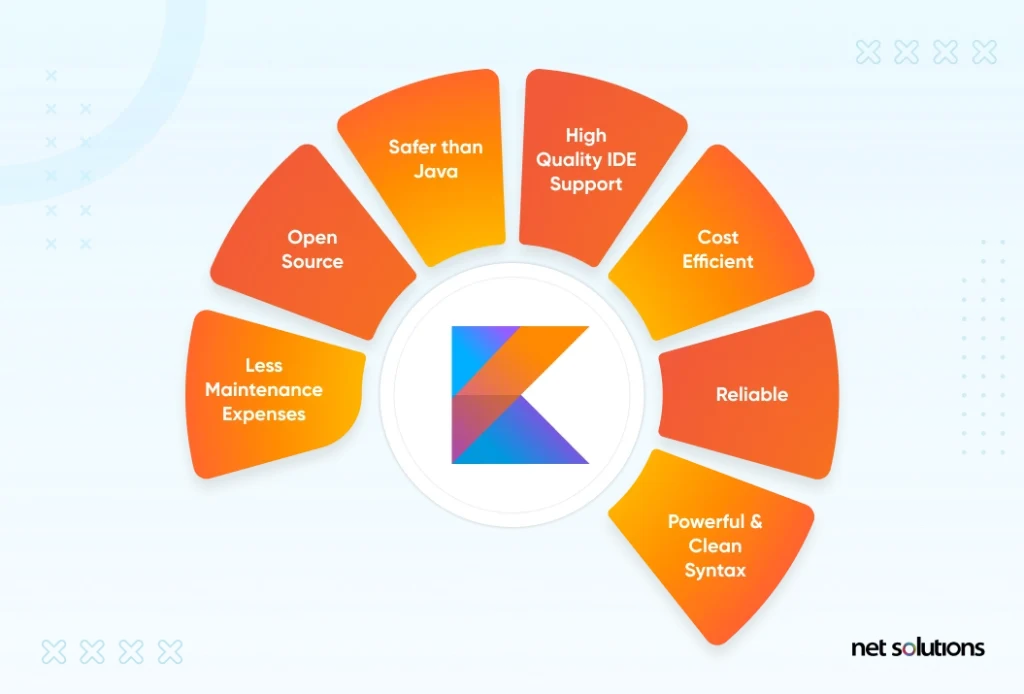
As the official language for Android development, Kotlin is the obvious choice for Android mobile apps. It is also known for its simplicity, with a clean, powerful syntax with both acquisitive and functional programming features to allow for faster compilation.
8. Go
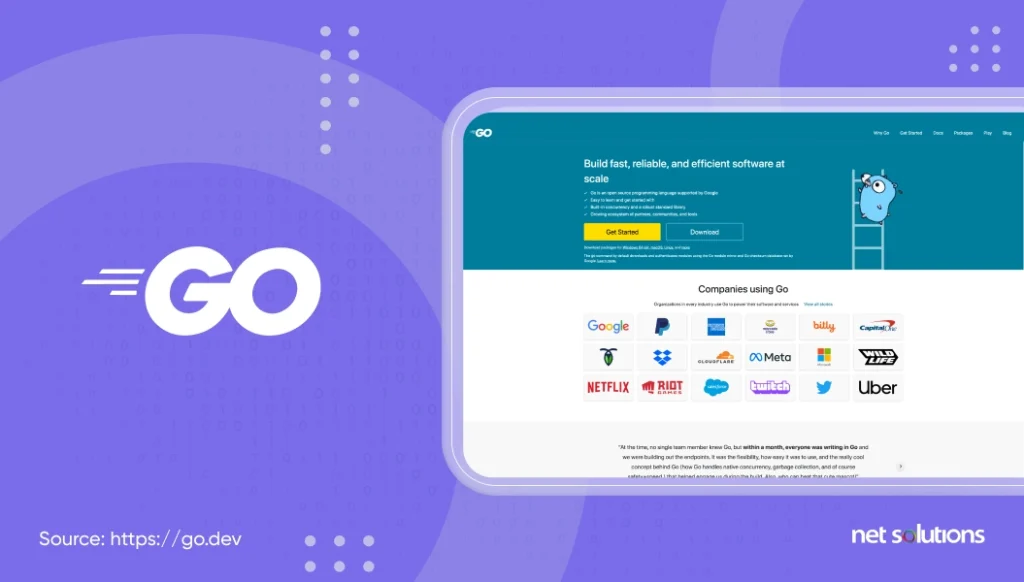
Go (Golang) is a language developed by Google for server-side programming but later expanded to other areas such as DevOps, cloud, AI, data science, and games. As with other Google initiatives, Go is known for being simple and, as a new language, is steadily climbing the TIOBE Programming Index, currently at the 12th spot in terms of most popular languages.
9. F#
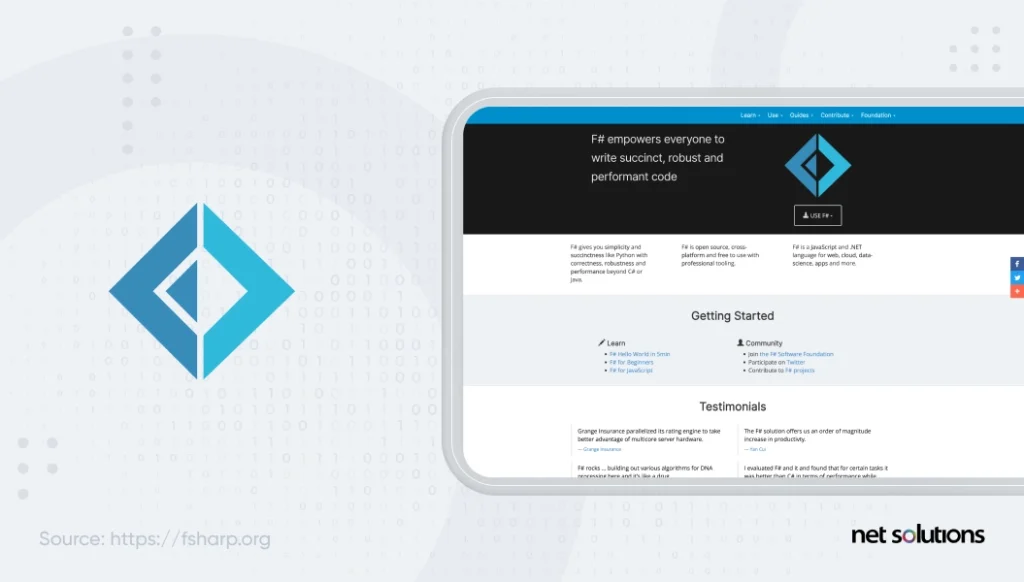
F# first appeared in 2005 as a .NET and JavaScript general purpose language developed by the F# Software Foundation, Microsoft, and other open contributors. F# is most commonly used for web, cloud, data science, and apps. While not cracking the top 50 in most popular languages, F# is considered one of the most underestimated software development languages by some yet viewed as the most popular enterprise-ready functional language for software development by some others.
10. Dart
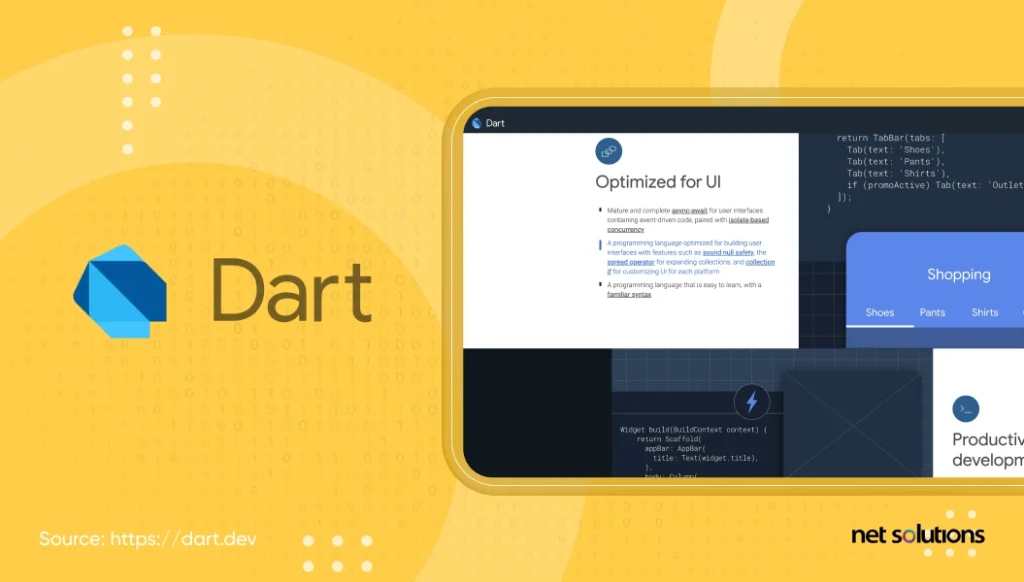
Google developed Dart for web and mobile apps and today is explicitly loved for its use of the Flutter framework, one of the top three frameworks for cross-platform apps, and for creating beautiful UI. Based on the C-style syntax, Dart is object-oriented and compiles to either native code or JavaScript.
11. Python
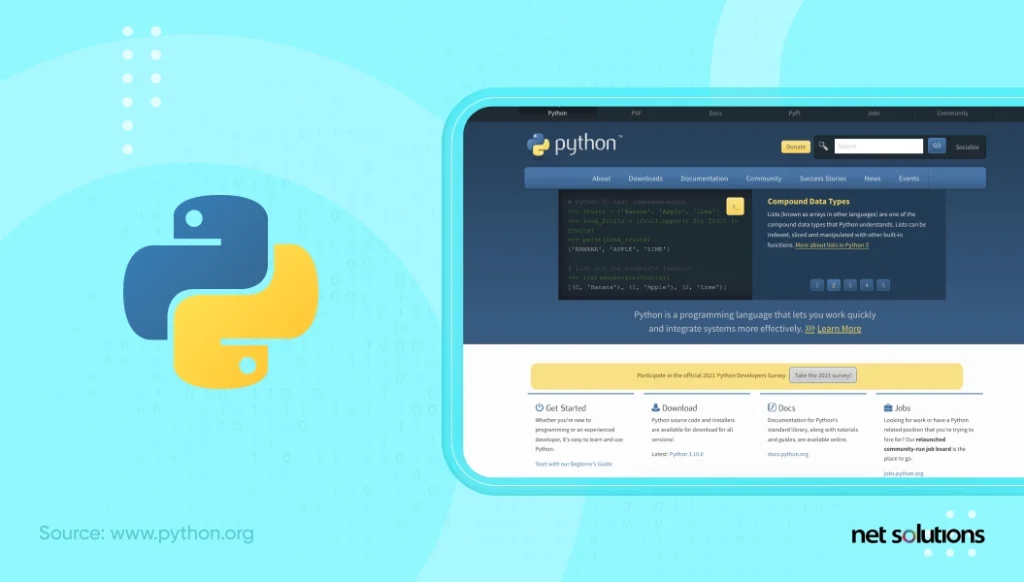
Although Python dates back to the 1980s, it has remained relevant and grown, retaining the top programming language in the TIOBE Programming Community Index for the past year. Python is an English-syntax-based language, easy to use and write, and applicable to various programming needs. It is a top desktop software development language for websites, web apps, AI, data science, and machine learning.
To choose the best programming language for your project, look at what an experienced partner can offer in terms of custom software development services for all kinds of projects, whether it is ecommerce web design or web development services. At Net Solutions, we provide an innovative, end-to-end agile development process that considers all the factors (including the best programming language) to help create top-of-the-line and cutting-edge results.
Frequently Asked Questions
Programming languages allow generating different systems meant to serve tasks that will further meet users’ needs. Programmers will use the abstractions present in programming languages to represent the concepts used in the computation: data flow, data types, functions, control structures, and syntax.
Simply stated, we could say these languages are meant to instruct a computer on the tasks to perform – they are the “communication” means. They define the relationship, grammar, and semantics that facilitate communication. They also help in developing capacities for problem-solving and task automation.
First, you’d have to overcome your bias toward learning new programming languages, even if they feel slightly similar to some previous ones. Keeping up with technology, the latest concepts & updates is a task too. Adding new tools to voluminous codebases is a challenge, especially when you cannot stop the development of new features while adding them. There can be hardware issues, conflicts between the simplicity of a language, the codes required for a design and the performance issues, and the issue of portability. There can be multiple languages to support a particular project design & requirement – one has to balance all considerations and select accordingly. Software structure requirements keep evolving, so there will be many languages, concerns, and choice decisions.
You must first consider whether you even need a new language for the particular software and how the language makes working on a project more manageable. Language type checks and concurrency are essential, as are managing compilation steps and performance metrics. Then you need to ask yourself if the language supports design scalability and smooth testing procedures. Most importantly, how will the tools and language standards affect the time to ship code? Any evaluation of the language will be within a broad spectrum of the concerns involved – with the ultimate focus being what problem it helps to address and with what functional, structural, time advantages & constraints.

